As men age, maintaining strength, mobility, and overall health becomes more important than ever. Yet, many seniors avoid exercise due to fear of injury, joint pain, or uncertainty about where to start. The good news? With the right guidance, staying active in your 60s, 70s, and beyond is not only safe—it’s essential.
These seven expert-led tips blend fitness coaching principles with practical, senior-friendly modifications. From proper form cues to low-impact alternatives, this guide helps older men build strength, improve balance, and boost vitality—safely and effectively.
Strength isn’t just for bodybuilders. For seniors, it supports daily activities like climbing stairs, carrying groceries, and standing from a chair. Focus on compound movements that work multiple muscle groups.
Coach Tip: Start with bodyweight squats. Stand with feet shoulder-width apart, chest up, and lower slowly as if sitting into a chair. Keep knees behind toes.
Form Note: Engage your core throughout. If balance is a concern, perform the movement holding onto a sturdy surface.
Easy Modification: Use a resistance band around your thighs to activate glutes, or perform chair squats—lower all the way down and stand back up.
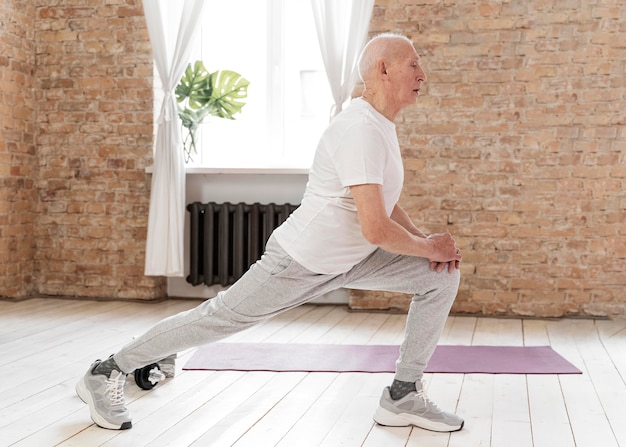
Poor balance increases fall risk—a leading cause of injury in older adults. Incorporate balance exercises into your routine daily.
Coach Tip: Try the single-leg stance. Stand near a wall or counter and lift one foot slightly off the ground. Hold for 20–30 seconds.
Form Note: Keep your standing knee slightly bent, not locked. Look straight ahead, not down.
Easy Modification: Keep toes of the lifted foot touching the ground for light support. Progress by closing your eyes (only if safe).
Consistency beats intensity. Short, frequent movement sessions are more beneficial than occasional long workouts.
Coach Tip: Aim for 30 minutes of light activity most days. Break it into three 10-minute walks if needed.
Form Note: Maintain an upright posture while walking—shoulders back, arms swinging naturally.
Easy Modification: Walk indoors at a mall or around your home if weather or mobility is a concern.
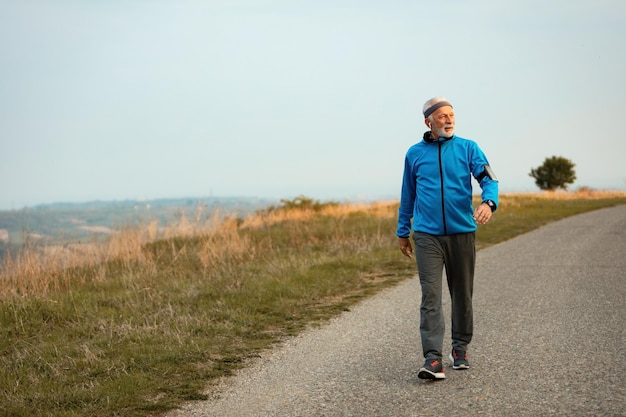
Cardiovascular health declines with age, but high-impact activities can strain joints. Opt for low-impact options that protect knees and hips.
Coach Tip: Try stationary cycling, swimming, or water aerobics. These build endurance without pounding joints.
Form Note: On a bike, adjust the seat so your knee is slightly bent at the bottom of the pedal stroke.
Easy Modification: Use a recumbent bike for added back support or walk in chest-deep water for resistance and safety.
A strong core supports posture, reduces back pain, and improves stability. Avoid traditional crunches, which can strain the neck and spine.
Coach Tip: Practice the dead bug. Lie on your back, arms extended to the ceiling, knees bent at 90 degrees. Slowly extend one arm and the opposite leg, then return.
Form Note: Keep your lower back pressed into the floor throughout the movement.
Easy Modification: Perform the movement one limb at a time, or keep feet on the floor with knees bent.
Flexibility declines with age, leading to stiffness and reduced range of motion. Stretch major muscle groups after workouts or during daily routines.
Coach Tip: Hold each stretch for 20–30 seconds without bouncing. Focus on hamstrings, hips, shoulders, and chest.
Form Note: Breathe deeply and relax into the stretch. Never force a movement.
Easy Modification: Use a towel or strap to assist with reaching your feet if you can’t touch them comfortably.
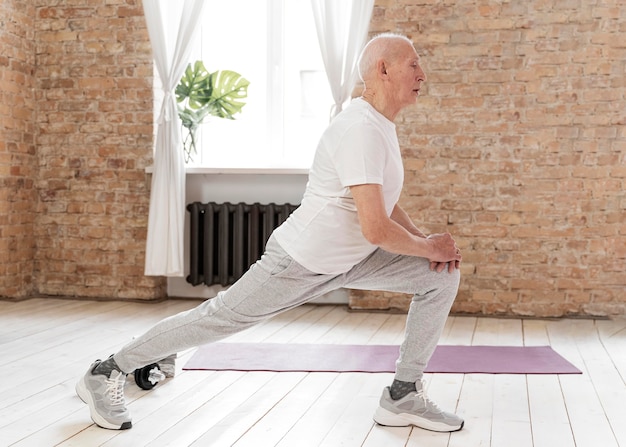
Older adults heal slower and fatigue faster. Pushing through pain can lead to setbacks. Learn the difference between discomfort and danger.
Coach Tip: Use the "talk test" during cardio— you should be able to speak in short sentences, not gasp.
Form Note: Stop immediately if you feel sharp pain, dizziness, or chest pressure.
Easy Modification: Reduce range of motion, slow the pace, or switch to seated versions of exercises.
Men’s health in the senior years isn’t about extreme fitness—it’s about sustainable habits. These coach-style tips emphasize safety, proper form, and gradual progress. Start where you are, use modifications when needed, and stay consistent.
Movement is medicine. With these expert-backed strategies, older men can live stronger, more independent lives—well into their golden years.

Health

Health

Health

Health

Health
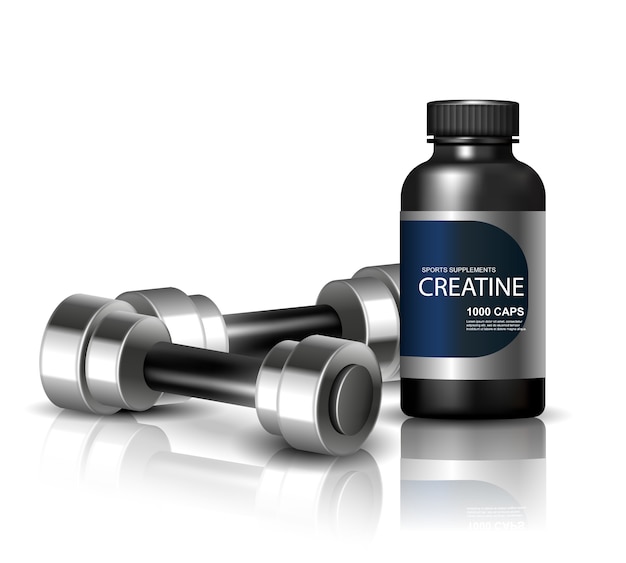
Wellness
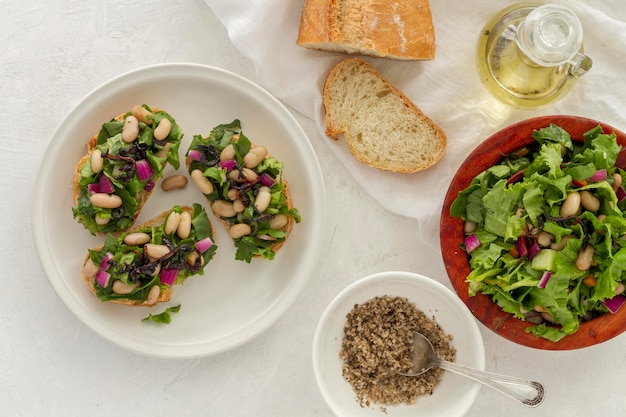
Health

Fitness

Health

Fitness

Wellness

Wellness

Health

Fitness

Health

Health